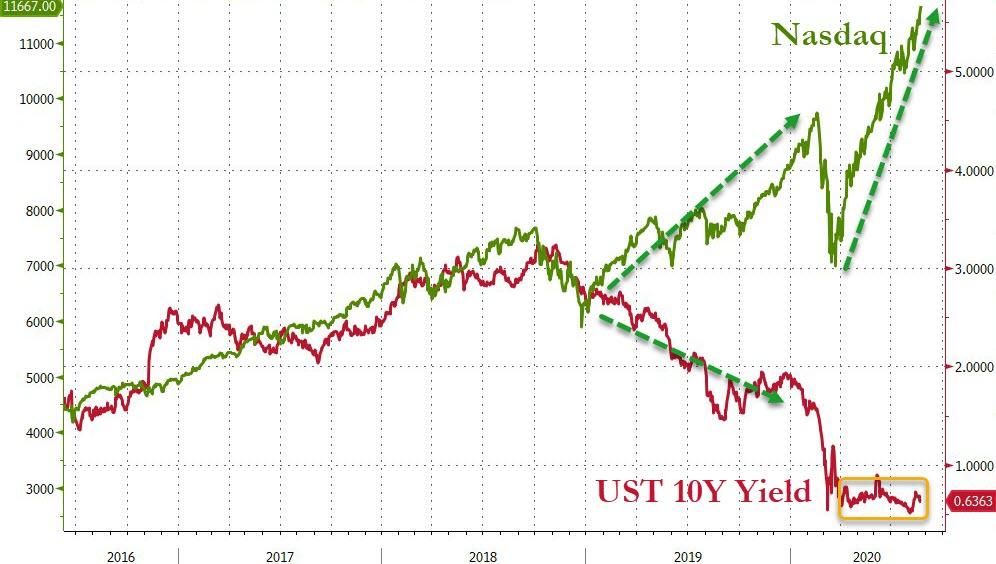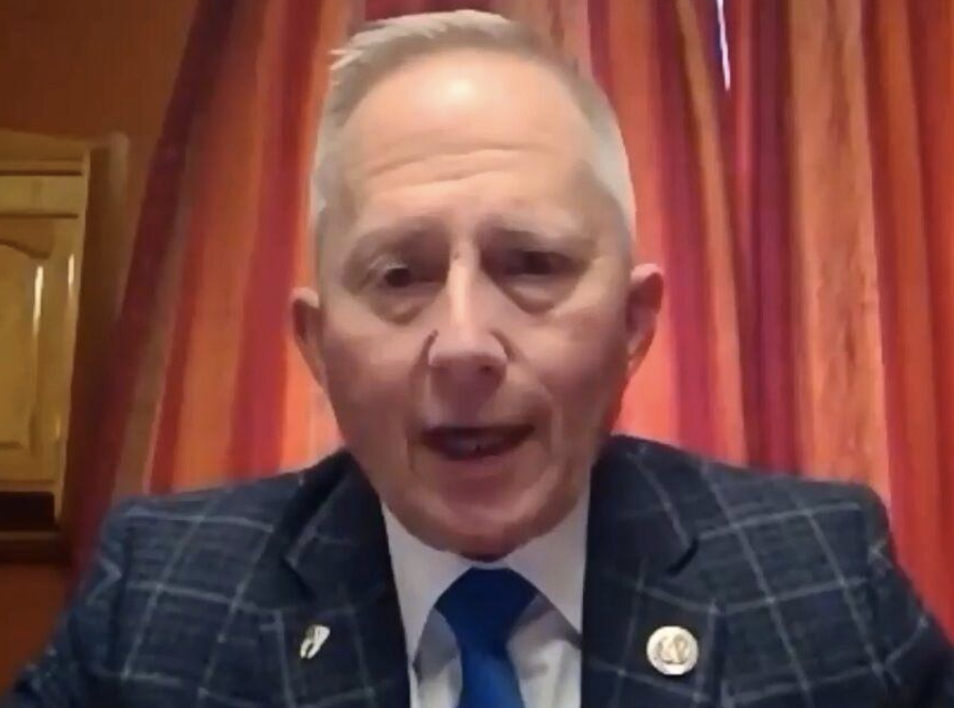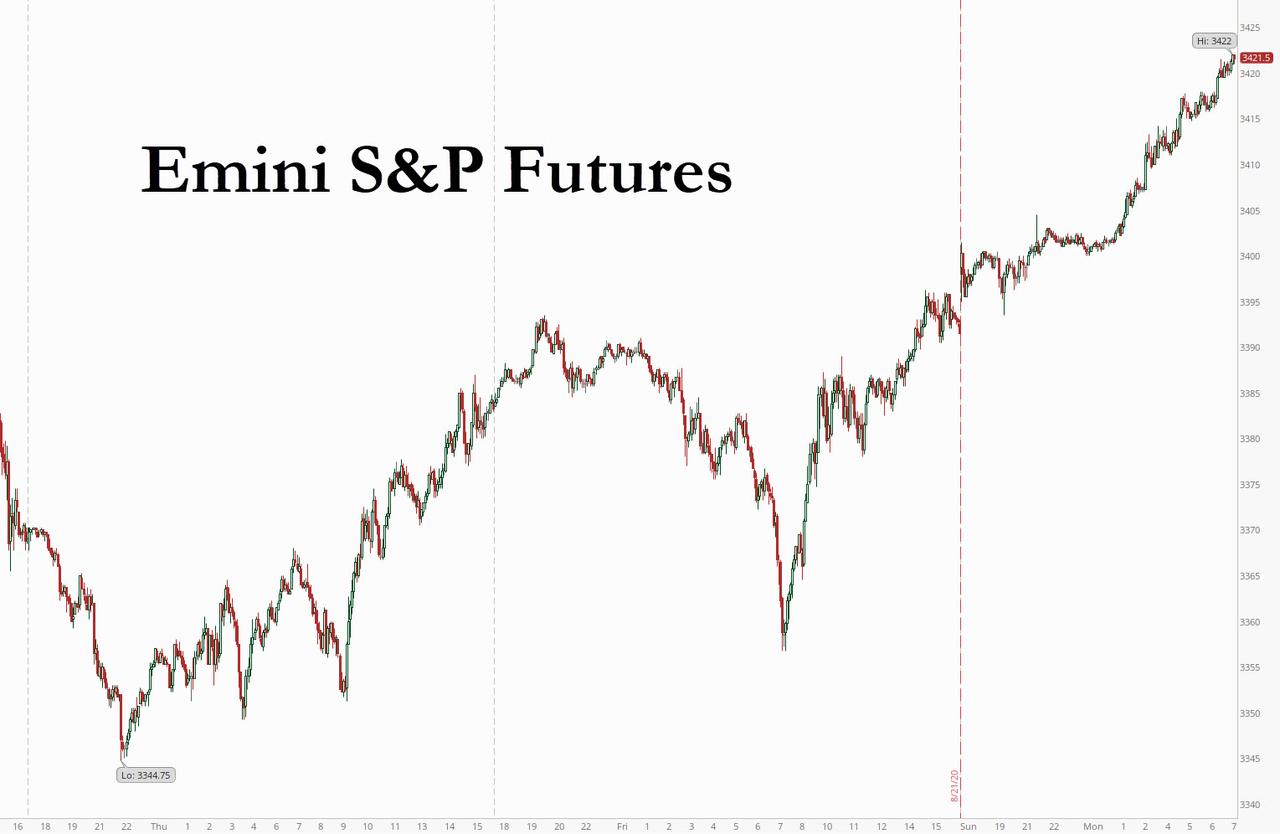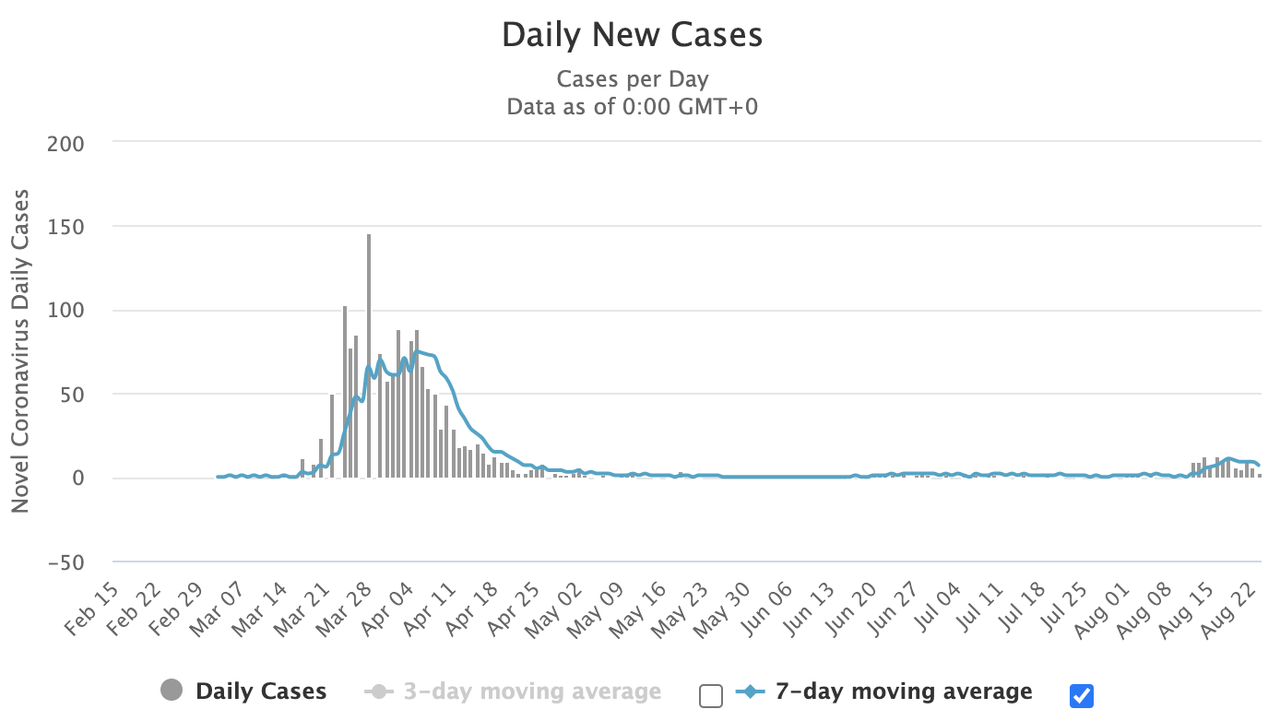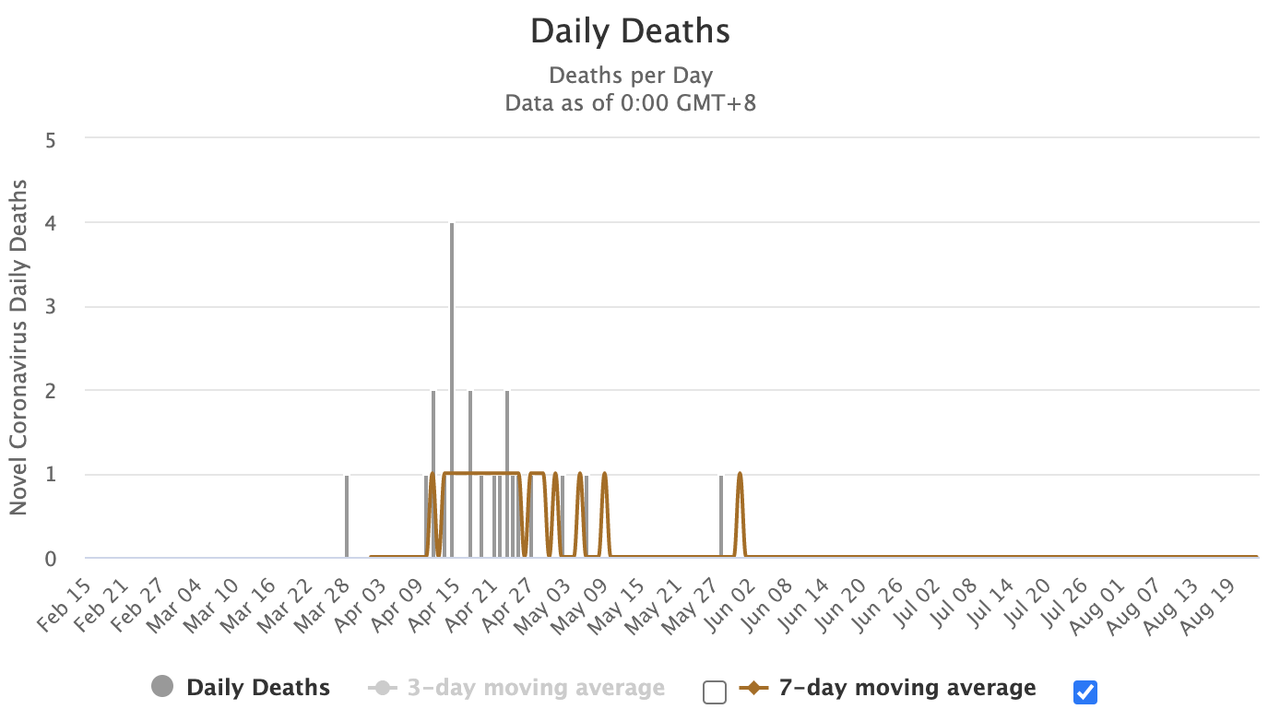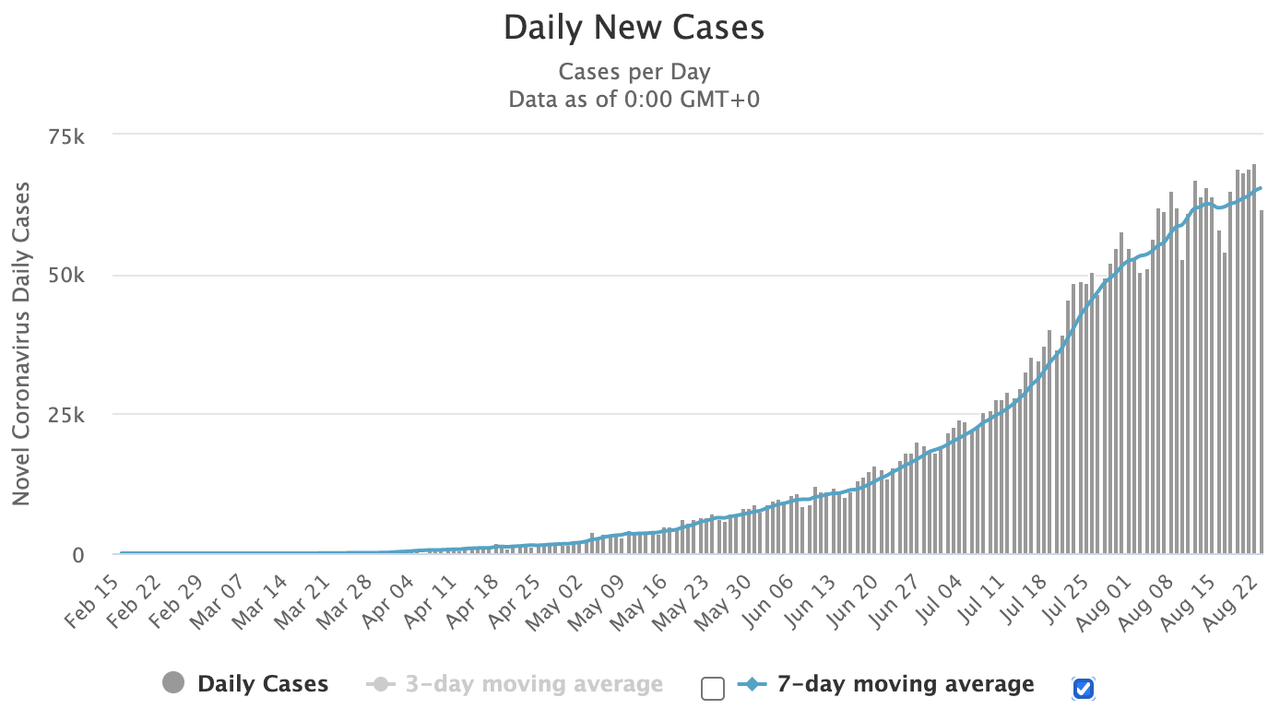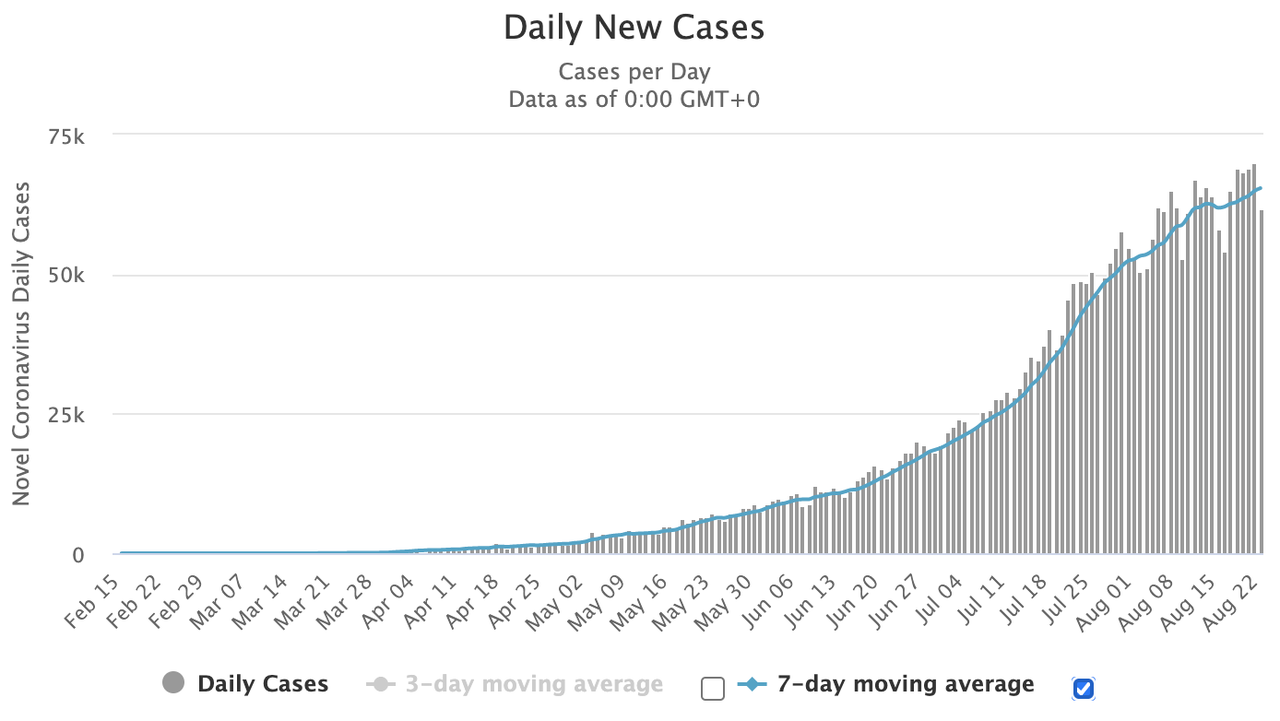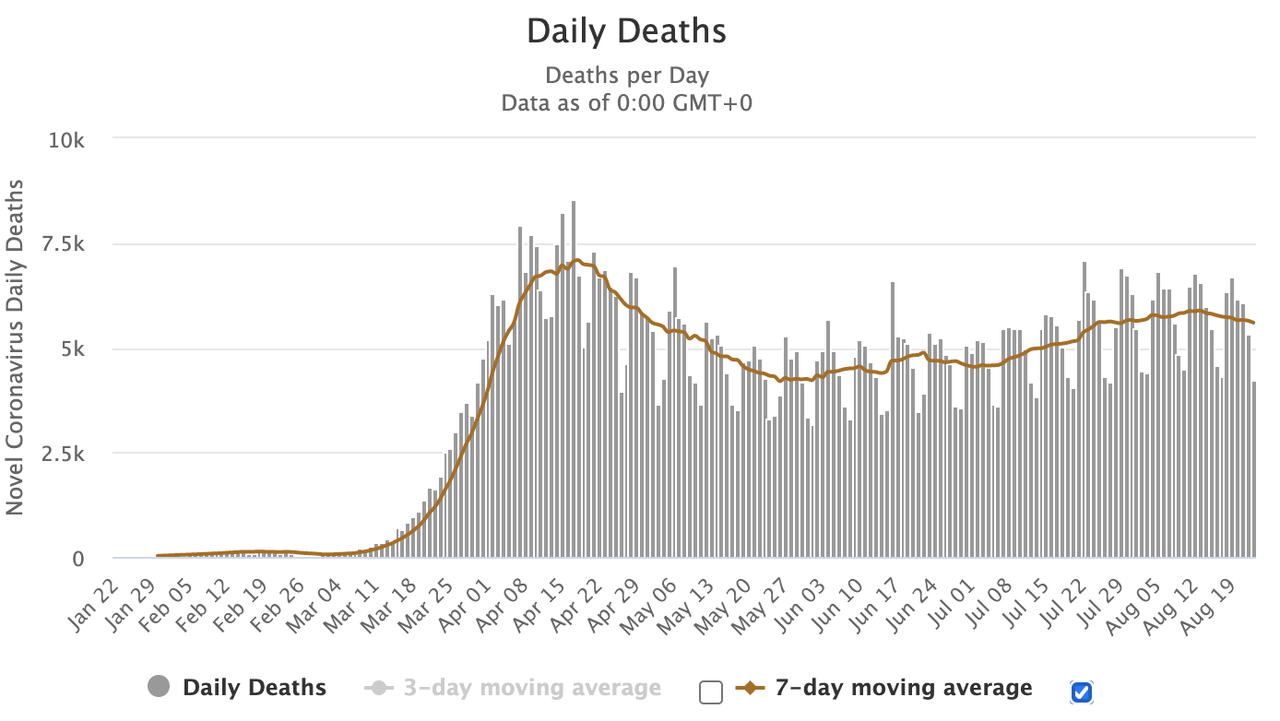As you may recall from an earlier post, a Cincinnati policeman is suing for libel over a post that accused him “of possibly being associated with white supremacy or of being racist after spotting a video and picture of him allegedly flashing the ‘ok’ sign at a City Council meeting … held to address concerns by those in the Black Lives Matter Movement.” And the judge responded by issuing a preliminary injunction ordering the defendants not to “publiciz[e], through social media or other channels, Plaintiff’s personal identifying information.” The order doesn’t define “personal identifying information,” but the only Ohio statute that does define term (the identity fraud statute) defines it to include a person’s “name.”
Thus, the bloggers are banned from mentioning the police officer at all. They aren’t just banned from libeling him; even a post conveying accurate information, or expressing an opinion, about the police officer is forbidden, if it mentions the officer’s name. The defendants have appealed the order, and right now the question before the Ohio Court of Appeals is whether this order should indeed be immediately appealable. (You can read the officer’s motion to dismiss the appeal, and the defendants’ response.)
My invaluable pro bono local counsel Jeffrey M. Nye (Stagnaro, Saba & Patterson) has just filed an amicus brief urging immediate review, on behalf of several current and former Ohio First Amendment professors—Jonathan L. Entin, Andrew Geronimo & Raymond Ku (Case Western), David Forte, Stephen Lazarus & Kevin O’Neill (Cleveland-Marshall), and Margaret Tarkington (currently Indiana, but formerly Cincinnati)—as well as Aaron Caplan (Loyola) and me, as well as the National Writers Union, the Writers Guild of America (East), and the Society of Professional Journalists. Here’s the substance of our argument:
Introduction
The court below forbade Ms. Niesen and Ms. White from mentioning the name of a public official (police officer “M.R.”) in any forum or medium. This was a decision made by one judge, without the opportunity for a full trial or even comprehensive briefing, less than 48 hours after the complaint was filed. The order is not limited to forbidding libelous speech, speech that constitutes true threats, or speech that falls into any other First Amendment exception.
It prohibits speech that is fully protected by the First Amendment and by Art. I, § 11 of the Ohio Constitution. It has no expiration date. The order is a prior restraint of the appellants’ speech.
It is conceivable, of course, that extraordinary circumstances can justify even such a prior restraint. (Amici doubt this is so in this case, but that is a matter to be dealt with in the merits briefing.) Yet if the prior restraint ultimately can stand, it cannot do so based on the hurried decision of one trial court judge. Rather, “a preliminary injunction that constitutes a prior restraint on speech requires immediate appellate review.” Puruczky v. Corsi, 2018-Ohio-1335, 110 N.E.3d 73, ¶15 (internal quotation marks omitted). That principle fully applies here.
This is not just a matter of good policy—it is a constitutional requirement. “A prior restraint … has an immediate and irreversible sanction” that is unlike any other remedy a court may impose, including “a judgment in a defamation case” or even “[a] criminal penalty,” because all other sanctions are “subject to the whole panoply of protections afforded by deferring the impact of the judgment until all avenues of appellate review have been exhausted. Only after judgment has become final, correct or otherwise, does the law’s sanction become fully operative” for other remedies. Nebraska Press Ass’n v. Stuart, 427 U.S. 539, 559 (1976).
That “panoply of protections” does not exist for a prior restraint, which is why “prior restraints on speech and publication are the most serious and the least tolerable infringement on First Amendment rights.” Id.Prior restraints “fall on speech with a brutality and finality all their own.” Id. at 609 (Brennan, J., concurring in reversal of prior restraint).
More broadly, every day that a prior restraint remains in place is a First Amendment violation, and “[t]he loss of First Amendment freedoms, for even minimal periods of time, unquestionably constitutes irreparable injury.” Elrod v. Burns, 427 U.S. 347, 373 (1976). And it is not an injury merely to the enjoined parties: “Indeed, it is the hypothesis of the First Amendment that injury is inflicted on our society when we stifle the immediacy of speech.” Nebraska Press Ass’n, 427 U.S. at 609 (Brennan, J., concurring) (emphasis added). An overbroad anti-libel injunction has “the potential to harm nonparties to the litigation because enjoining speech harms listeners as well as speakers.” McCarthy v. Fuller, 810 F.3d 456, 461 (7th Cir. 2015).
This injury to society and the parties is not remediable by vacatur or reversal of a prior restraint at a distant future date after final judgment, especially where (as here) the prior restraint relates to a public official and his conduct in official and court proceedings. The parties and the public have a right to speak contemporaneously, not merely retrospectively, about both public officials and court proceedings. See Bridges v. California, 314 U.S. 252, 268 (1941) (“[P]ublic interest is much more likely to be kindled by a controversial event of the day than by a generalization, however penetrating, of the historian or scientist.”); Doe v. Pub. Citizen, 749 F.3d 246, 272 (4th Cir. 2014) (acknowledging the harms of “delayed disclosure” with respect to court proceedings).
Immediate appellate review is necessary to make sure that the injunction does not cause such a loss of First Amendment freedoms. And if Nazis who want to march in a neighborhood populated with thousands of Holocaust survivors are entitled to such immediate appellate review of an injunction against their speech, see Nat’l Socialist Party of Am. v. Village of Skokie, 432 U.S. 43, 43–44 (1977); see also Collin v. Smith, 578 F.2d 1197, 1199 (7th Cir. 1978), then citizens criticizing a police officer must be entitled to the same.
Argument
[I.] Prior restraints are immediately appealable.
“If a State seeks to impose a restraint” by way of an injunction against speech, “it must provide strict procedural safeguards, including immediate appellate review.” Nat’l Socialist Party, 432 U.S. at 44 (citing Nebraska Press Ass’n v. Stuart, 423 U.S. 1319, 1327 (1975) (Blackmun, J., in chambers)). This principle has been followed in Ohio by Puruczky, supra, as well as Int’l Diamond Exch. Jewelers, Inc. v. U.S. Diamond & Gold Jewelers, Inc., 70 Ohio App. 3d 667, 671, 591 N.E.2d 881, 884 (2d Dist. 1991), and Connor Group v. Raney, 2d Dist. Montgomery No. 26653, 2016-Ohio-2959, 2016 WL 2841190, ¶1. Indeed, Puruczky and Connor Group involved injunctions entered in response to libel lawsuits.
And this requirement of immediate appellate review makes sense, because “‘[w]here … a direct prior restraint is imposed upon the reporting of news by the media, each passing day may constitute a separate and cognizable infringement of the First Amendment.'” CBS, Inc. v. Davis, 510 U.S. 1315, 1317 (1994) (Blackmun, J., in chambers) (citation omitted); Lugosch v. Pyramid Co. of Onondaga, 435 F.3d 110, 126 (2d Cir. 2006) (endorsing this principle as requiring “expeditious[]” decisionmaking as to restraints on First Amendment rights, there the right of access to court records); Doe v. Pub. Citizen, 749 F.3d 246, 272–73 (4th Cir. 2014) (same); Grove Fresh Distributors, Inc. v. Everfresh Juice Co., 24 F.3d 893, 897 (7th Cir. 1994) (same), superseded on other grounds, as stated in Bond v. Utreras, 585 F.3d 1061, 1068 n.4 (7th Cir. 2009).
And of course this principle applies beyond the mainstream media, and covers social media users as well. Art. I, § 11 of the Ohio Constitution “guarantees to ‘[e]very citizen’ the right to publish freely his or her sentiments on all subjects, regardless of that citizen’s association or nonassociation with the press.” Wampler v. Higgins, 93 Ohio St. 3d 111, 121 (2001). “We have consistently rejected the proposition that the institutional press has any constitutional privilege beyond that of other speakers.” Citizens United v. United States, 558 U.S. 310, 352 (2010) (internal quotation marks omitted). “The liberty of the press is not confined to newspapers and periodicals. It necessarily embraces pamphlets and leaflets… . The press in its historic connotation comprehends every sort of publication which affords a vehicle of information and opinion.” Lovell v. City of Griffin, 303 U.S. 444, 452 (1938); see also Chevaldina v. R.K./FL Mgmt., Inc., 133 So. 3d 1086, 1092 (Fla. Dist. Ct. App. 2014) (“Angry social media postings are now common… . But analytically, and legally, these rants are essentially the electronic successors of the pre-blog, solo complainant holding a poster on a public sidewalk,” and are just as fully protected by the First Amendment).
[II.] The order in this case is a prior restraint.
“The term ‘prior restraint’ is used to describe administrative and judicial orders forbidding certain communications when issued in advance of the time that such communications are to occur.” Bey v. Rasawehr, Slip Opinion No. 2020-Ohio-3301, ¶25 (some quotation marks omitted). “Temporary restraining orders and permanent injunctions—i.e., court orders that actually forbid speech activities—are classic examples of prior restraints.” Id. (quotation marks omitted).
The order in this case does indeed forbid certain future “speech activities”: all posts “publicizing” “Plaintiff’s personal identifying information,” Order at 1, which presumably includes plaintiff’s name. (The only Ohio statute that defines the term “personal identifying information,” Ohio Rev. Code § 2913.49(A), defines it to include a person’s “name.”)
And the order restrains speech in a content-based way. “It is inescapable that a regulation of speech ‘about’ a specific person … is a regulation of the content of that speech and must therefore be analyzed as a content-based regulation.” Bey, supra, 2020-Ohio-3301, ¶33.
The prior restraint here is by no means limited to libelous speech, since it bars all mentions of plaintiff’s name, libelous or not. Nor is it limited to true threats of harm, or to speech that falls within the narrow exception for intentional incitement of imminent and likely criminal conduct, see Brandenburg v. Ohio, 395 U.S. 444, 447 (1969).
Moreover, the restraint was issued before any determination that the speech fits within a First Amendment exception. Yet “before a court may enjoin the future publication of allegedly defamatory statements based on their content, there must first be a judicial determination that the subject statements were in fact defamatory.” Bey, supra, 2020-Ohio-3301, at ¶44 (citing O’Brien v. Univ. Community Tenants Union, Inc., 42 Ohio St.2d 242, 246, 327 N.E.2d 753 (1975)). Likewise, a court may enjoin speech that falls within some other exception only after “there has been” a “judicial determination that future postings” by the plaintiffs will fit within that exception (in Bey, this was the “integral means to criminal conduct” exception). Id. at ¶¶45, 47.
M.R. thus errs in arguing that “[t]his case is nothing like National Social[ist] Party of Am. v. Village of Skokie, 432 U.S. 43 (1977) because false light and defamatory statements are not entitled to protection under the First Amendment,” Mot. to Dismiss Appeal 4-5. The order here is not limited to banning “false light and defamatory statements.” The order is not founded on “a judicial determination that the subject statements were in fact defamatory,” Bey, supra, 2020-Ohio-3301, at ¶44. And the whole point of prompt appellate review in such cases is precisely to determine whether the speech is indeed constitutionally restrainable (for instance, on the theory that it is defamatory); indeed, Puruczky, supra, 2018-Ohio-1335, and Connor Group, supra, 2016-Ohio-2959—which found a right to prompt appellate review of preliminary injunctions (based on Nat’l Socialist Party)—were themselves libel cases.
Conclusion
Prior restraints on speech are rarely constitutional; and to make sure that unconstitutional prior restraints suppress speech for as short a time as possible, both the U.S. Supreme Court and Ohio courts have required that such restraints be subject to immediate appellate review. The injunction in this case is a prior restraint, and thus subject to immediate appellate review; indeed, it is a content-based prior restraint, and one that is not limited to libelous speech or to speech that falls within a First Amendment exception. This appeal should therefore not be dismissed.
from Latest – Reason.com https://ift.tt/3aQedto
via IFTTT
